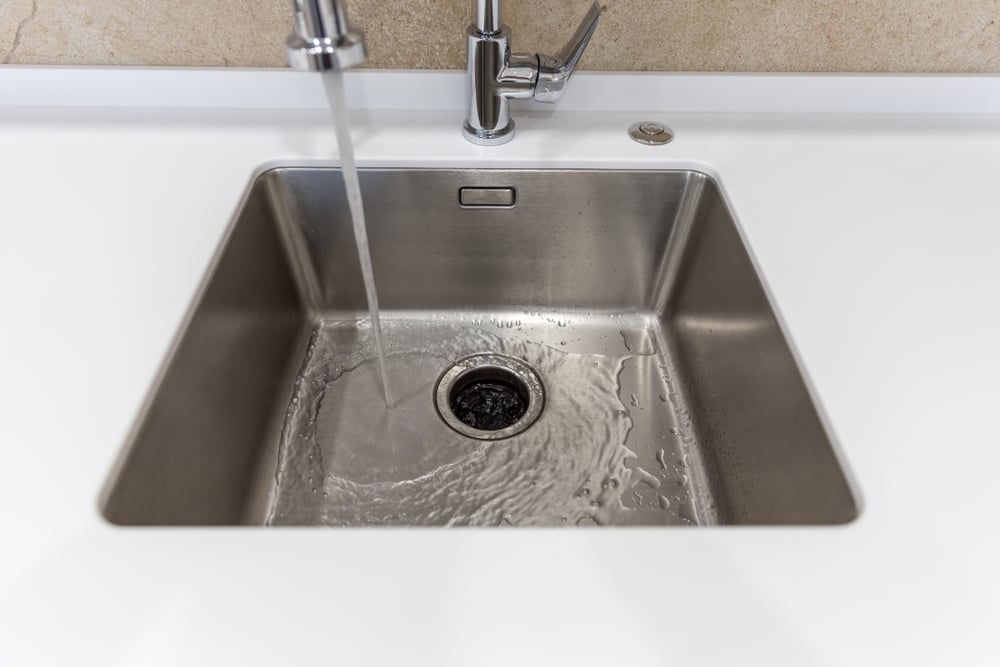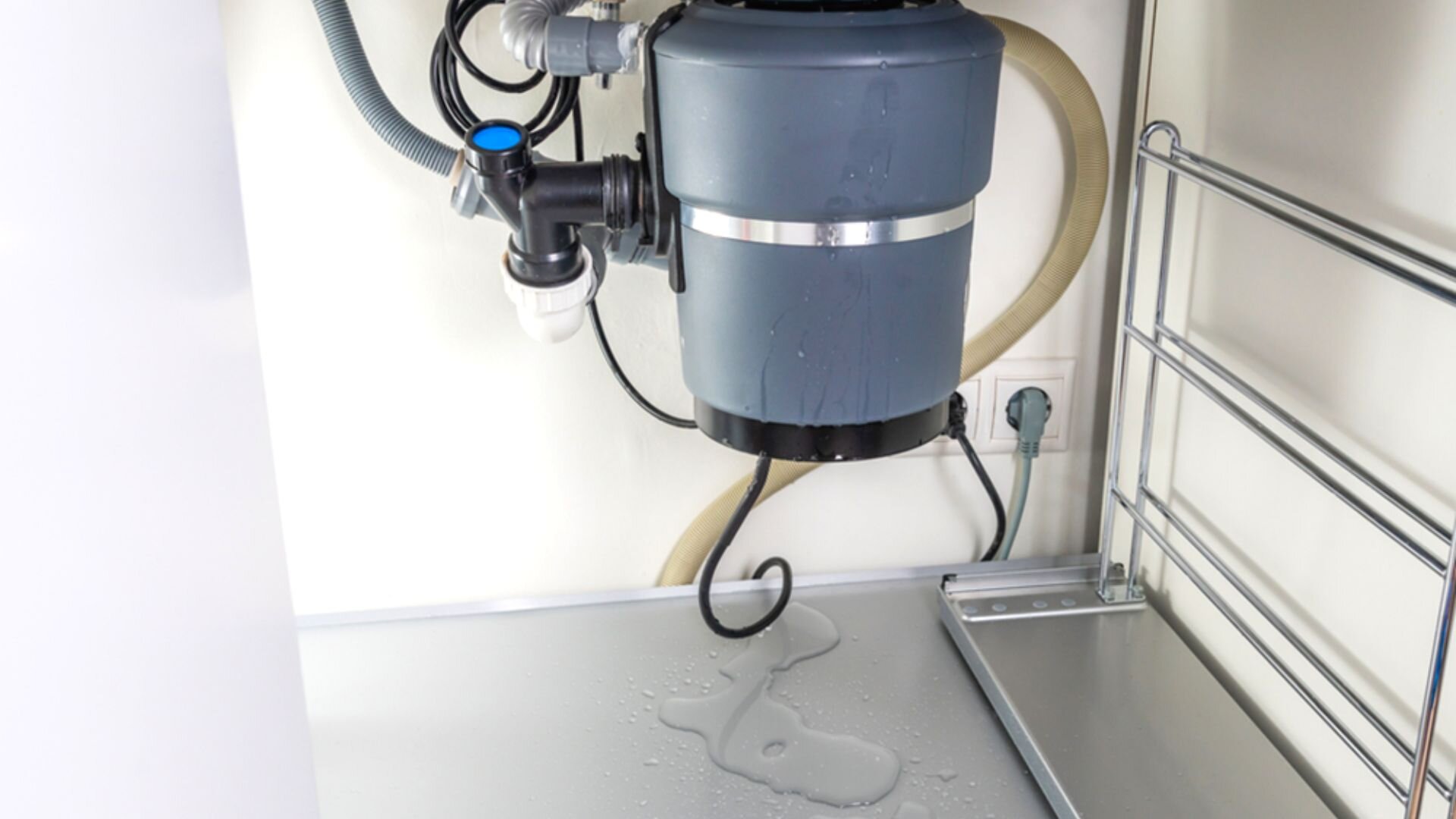Confirmed Ways to Fix a Leaking Waste Disposal Unit
Confirmed Ways to Fix a Leaking Waste Disposal Unit
Blog Article
The article below about The Handy Guide To Fixing Your Garbage Disposal Leaking is without a doubt remarkable. Read on and make your own personal conclusions.

Waste disposal unit are necessary kitchen appliances that aid in taking care of food waste effectively. Nevertheless, a dripping garbage disposal can be a frustrating and messy trouble to take care of. Luckily, numerous leakages can be repaired quickly with a few basic actions. In this post, we will go over exactly how to repair a leaking waste disposal unit properly.
Introduction
Garbage disposals are mounted under kitchen area sinks and are made to shred food waste into smaller sized items, enabling it to pass through the pipes system conveniently. While these devices are generally trusted, leakages can occur with time because of wear and tear, loosened links, or damage to the device.
Common Root Causes Of Leaks in Rubbish Disposals
Worn Seals and Gaskets
Seals and gaskets play an important duty in preventing water from dripping out of the waste disposal unit. With time, these components can deteriorate, causing leakages around the disposal device.
Loose Links
The connections between the garbage disposal and the plumbing system can become loosened in time, causing water to leakage out throughout procedure.
Splits or Openings in the Disposal System
Physical damages to the waste disposal unit, such as fractures or openings in the housing, can also cause leaks.
Identifying the Resource of the Leakage
Before trying to fix a leaking waste disposal unit, it is important to recognize the resource of the leakage. This can normally be done with visual evaluation or by carrying out simple tests.
Visual Examination
Check the garbage disposal unit thoroughly for any type of indications of water leak. Pay close attention to areas around seals, gaskets, and link points.
Examining for Leaks
One way to examine for leakages is by running water with the disposal device and looking for any kind of noticeable indications of leakage.
Devices and Products Needed for Taking Care Of a Dripping Garbage Disposal
Prior to beginning the repair service procedure, collect the needed tools and materials, including a screwdriver, adjustable wrench, plumbing professional's putty, substitute seals or gaskets, and epoxy or patching material for fixing splits or openings.
Step-by-Step Guide to Repairing a Leaking Garbage Disposal
Turn Off the Power
Before attempting any repair work, ensure that the power to the garbage disposal system is turned off to stop the danger of electric shock.
Situate the Leak
Recognize the precise place of the leakage and establish the reason.
Tighten up Connections
Make use of a wrench to tighten any kind of loose connections in between the disposal system and the plumbing system.
Change Seals or Gaskets
If the leak is due to worn seals or gaskets, eliminate the old parts and replace them with brand-new ones.
Patching Splits or Holes
For fractures or openings in the disposal unit, usage epoxy or a suitable patching product to secure the damaged area.
Checking the Waste Disposal Unit After Repair
When the fixing is complete, evaluate the garbage disposal by running water with it to make certain that the leakage has actually been resolved.
Preventive Maintenance Tips to Prevent Future Leaks
To avoid future leaks, it is important to execute normal maintenance on your garbage disposal. This consists of keeping it tidy, staying clear of putting non-food products or hard objects down the disposal, and periodically checking for leaks or other problems.
Conclusion
Finally, dealing with a dripping garbage disposal is a relatively simple procedure that can be completed with fundamental tools and products. By following the actions laid out in this write-up and exercising preventative maintenance, you can keep your garbage disposal in good working problem and stay clear of expensive repair services in the future.
HERE’S HOW TO FIX YOUR GARBAGE DISPOSAL
WHAT TO DO IF SOMETHING IS STUCK IN YOUR GARBAGE DISPOSAL
If the impeller won’t turn, there’s probably something stuck in the disposal. It could be a steak bone or peach pit, although plumbers report pulling all sorts of inappropriate objects out of disposals, such as bottle caps or aluminum foil. Make sure power to the disposal is off, and look inside to see if you can see the source of the jam.
Never stick your fingers in a disposal. Pull out anything you see with tongs or pliers.
If the disposal still won’t work, it may be time to call a plumber or consider buying a new disposal. GEM Plumbing & Heating is here for all of your garbage disposal needs.
WHAT TO DO IF YOUR GARBAGE DISPOSAL DRAIN IS CLOGGED
Take everything out from underneath your sink and put a bucket or other container under your disposal to catch any water that drains out. Disconnect your disposal from the power supply. If it’s plugged into a wall outlet, unplug it. If it’s hardwired into an electrical box, go to the electrical panel and turn off the breaker for the disposal. Pour ¼ cup of baking soda into the drain, followed by ½ cup of white vinegar. Give the solution a few minutes to fizz and do its work. Look into the disposal with a flashlight to see if you can see an object that might be causing the clog. If you see it, remove it using tongs or pliers. MORE TIPS ON DEALING WITH A CLOGGED GARBAGE DISPOSAL
Never use drain cleaner in a garbage disposal. It can damage the plastic parts inside the disposal. You can also be splashed with the caustic liquid while working to clear the clog. Beware! Never stick your fingers into a garbage disposal. Trust us — not a good idea. In many instances, your dishwasher drains through your garbage disposal. This allows the disposal to grind any large food particles that may be drained out of your dishwasher. There are some jurisdictions, however, where the plumbing code prohibits such a connection. WHAT TO DO WHEN YOUR DISHWASHER DRAINS THROUGH THE DISPOSAL
Run some water in the sink so your plunger has at least a ½-inch of water to create a seal and plunge vigorously up and down several times. You may need to repeat this several times. Run hot water down the drain to clear any residue that remains.

Do you really like more info about Why Is ? Give a review down below. We'd be interested to listen to your opinion about this write up. In hopes that you visit us again in the future. So long as you enjoyed our article kindly remember to share it. Kudos for your time. Don't forget to stop by our website back soon.
Show Details Report this page